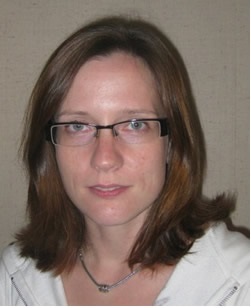Members
Group leader
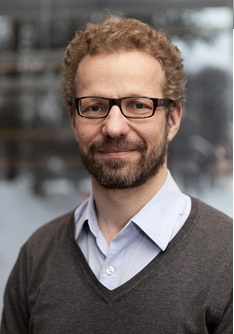
Professor Markus Linder
One of the great technological challenges in our society is how to engineer biology so that we in a sustainable way can produce the fuels, chemicals, and materials we need. I find the enormous diversity of natures materials very fascinating. By assembling proteins, carbohydrates, and some other components in the right way nature makes materials such as pearl and silk. Also other functions such as adhesiveness, surface activity, superhydrophobicity are achieved by the same components. So if we could learn how to use and rebuild nature’s molecules in the right way, we could start to use them for making super strong materials, adhesives that can glue anything, smart encapsulation of drugs, or materials that respond to external conditions. The list can be very long. So that is what we are looking at in my group, how to understand biological materials, how to redesign and produce them, and how biological systems can be engineered to be sustainable production hosts. For the engineering of biological systems I find synthetic biology to be a very exciting approach and work towards this by integrating synthetic biology thinking in our research and instructing the Aalto-Helsinki iGEM teams.
Contact-info: Email:Markus.Linder[a]aalto.fi Office:C304a Mobile Phone: +358504315525
Group members
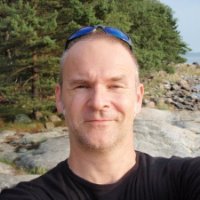
Georg Schmidt (Research Fellow)
Quorum sensing (QS) refers to cell-to-cell communication systems that are used by many microorganisms to assess their local cell densities. This sensing mechanism is based on the production, secretion, and detection of small signaling molecules, whose concentration correlates to the abundance of secreting microorganisms in the vicinity.When the signal concentration reaches a threshold, the quorum’ is understood to be present, and the communicating microorganisms undertake a coordinated change in their gene-expression profiles. As a result, they initiate complex activities which would not have been beneficial at smaller numbers, such as secretion of virulence factors, initiation of biofilm formation, sporulation, competence, mating, root nodulation, bioluminescence, and production of secondary metabolites (Bassler and Losick 2006). (Choudhary, DOI 10.1007/s00253-010-2521-7).We use this signaling system as a motor/regulator to operate different reporter/expression constructs in an oscillating manner in cases where wave-like expression is of advantage.
E-mail: Georg.Schmidt[a]aalto.fi
phone:+358504412624
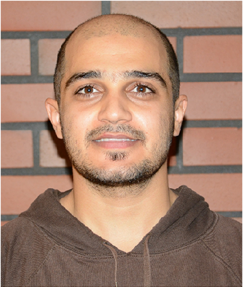
Pezhman Mohammadi (Doctoral Candidate)
Molecular Biomimetics is a new emerging multidisciplinary field of science. By taking inspiration from living organisms and biological systems and using molecular biology, nanotechnology and chemistry we are pushing the boundaries for the design and fabrication of next generation materials. Proteins and peptides can provide unique opportunities and endless possibility for designing such systems where precision at the molecular level is of substantial importance. Such requirement can be fulfilled by unique structures and specific functions/interactions of proteins. I am interested in rational design of chimeric proteins With the help of genetic engineering and recombinant DNA technology, to formulate materials entirely made from proteins and also hybrid Nano-composites in variety of different forms such as fibers, microspheres, hydrogel, micelles, thin film for different medical and industrial applications. In the way i would like to get the fundamental understanding of molecular physics involve, control over the desired functions and structure formations from Nano to mesoscale by designing unconventional processing platforms also inspired from nature.
pezhman.mohammadi[a]aalto.fi
phone:+358503846466
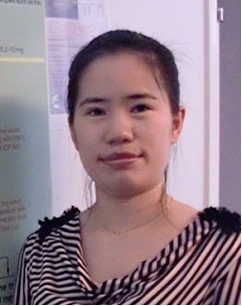
Fang Wenwen (Doctoral Candidate)
Nanocelluloses are of interest as a very attractive material because of the relative low density (∼1.6 g/cm3), low cost, non-toxic character, high surface area and high modulus of elasticity (∼130 GPa). Nanocelluloses open up the strongly expanding fields of sustainable materials and nanocomposites. I am interested in functionalizing of nanocellulose with proteins, carbohydrates and nanoparticles and further developed for advanced hybrid materials. Try to improve the mechanical properties of cellulose-based nanocomposites (e.g film and fiber) is also one of my target.
fang.wenwen[a]aalto.fi
phone:+358504118670
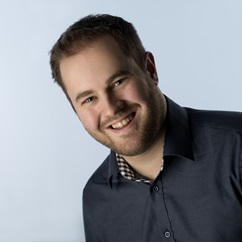
Bart Rooijakkers (Doctoral Candidate)
In nature, proteins play a major role in numerous biomaterials and biocomposites, resulting in superior material properties. Much remains unclear about how such structural proteins interact with other components in these materials, which is what I’m interested in. My research focuses on the recombinant expression of Cellulose-Binding Modules (CBM, fungal family 1) in E coli, and using the resulting proteins with Cellulose NanoFibers (CNF) to further investigate the CBM1 binding properties and protein-CNF interactions in materials.
bart.rooijakkers[a]aalto.fi
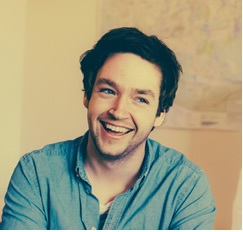
Christopher Jonkergouw (Doctoral Candidate)
Synthetic genetic circuits with an oscillatory output form one of the cornerstones in synthetic biological research. There is a strong emphasis on increase of complexity in regulatory circuits with as an aim to better understand, but also to mimic, the function of circadian oscillators in nature. However, research into the actual application of most genetic circuits remains minimal.
My research interest is directed at how we can use a synchronized population synthetic circuit in bacteria to induce oscillations in a variety of proteins and enzymatic processes, which in turn will lead completely novel applications of the synthetic constructs. The oscillation of pH in the bacteria and an ordered deposition of materials form key points of interest.
christopher.jonkergouw[a]aalto.fi
phone: +358504337117
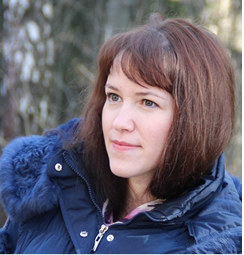
Ekaterina Osmekhina (Project researcher)
Biological oscillators play a very important role in all organisms, where they control a variety of important processes, ranging from calcium fluxes, 24h cycle sensing, cell size formation and neuronal clock synchronization. These oscillating behaviors are often controlled by complex and comprehensive gene regulatory networks.
I am particularly interested in the construction of large and robust genetic circuits. To achieve this, different genetic modules have to be combined into larger networks. A key element in the creation of more complex regulatory networks/circuits is the communication between these different modules. By establishing multiple lines of communication at different levels, i.e. both intracellular and population synchronized, these circuits can adjust the oscillatory behavior and frequency based on a variety of inputs. The increase of complexity in these synthetic systems will also help to elucidate how far more sophisticated gene regulatory networks function and communicate in nature.
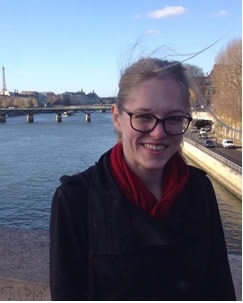
Sesilja aranko (Post-doctoral researcher)
Nature has already solved many of the problems that present-day scientists are struggling with. To give a few examples, she has invented ingenious ways to catalyze and coordinate challenging reactions, to synthesize diverse materials with outstanding properties, and to elegantly coordinate these reactions and biosynthesis in space and time.
My own research deals with the use of biopolymers as building blocks for biomaterials, and frequently takes inspiration from Nature. At the moment, I focus on silk-based materials and the molecular level mechanisms that guide both their structural organization and properties. Understanding these systems allows us to modulate them in order to achieve sustainable materials with novel properties tailored for a wide range of biotechnological applications.
Salla Virtanen (Post-doctoral researcher)
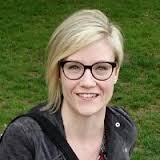
Laura Lemetti (Doctoral Candidate)



